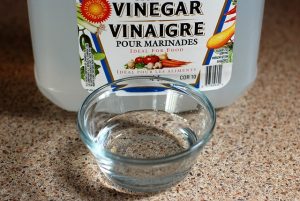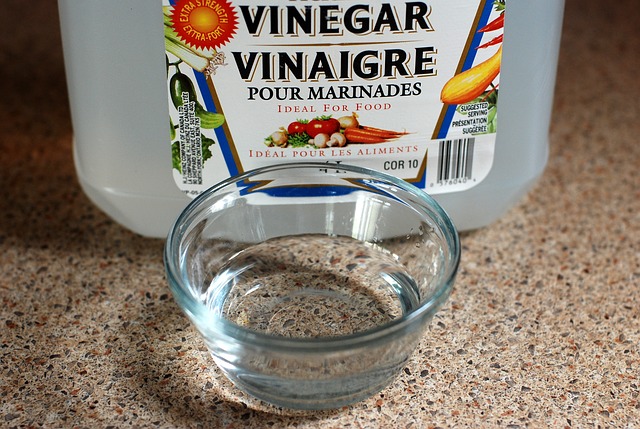 Published in Onsite Installer Magazine
Published in Onsite Installer Magazine
www.onsiteinstaller.com
Written by Sarah Heger
Chemicals used in many drain cleaners kill the essential bacteria needed by septic systems.
Septic systems rely on natural bacteria to treat wastewater. Harsh chemicals used in many drain cleaners kill the essential bacteria needed by septic systems.
Chemical drain cleaners are among the most dangerous of all cleaning products to human health. Most contain corrosive ingredients such as sulfuric acid, sodium hydroxide (lye) and sodium hypochlorite (bleach) that can permanently burn eyes and skin. Some can be fatal if ingested. Cleaning products are required by law to include label warnings if harmful ingredients are included which are:
| Signal word | Toxicity if swallowed, inhaled or absorbed through the skin |
| Caution | One ounce to one pint may be harmful |
| Warning | One teaspoon to one ounce may be harmful or fatal |
| Danger | One taste to one teaspoon is fatal |
In a study by Gross (1987), a lab study found significant decreases in concentrations of coliform bacteria at very low Drano concentrations. Just 0.1 mg of Drano per liter of septic tank effluent reduced the concentration of coliforms tenfold; 1.3 mg is enough to kill most bacteria, and at 3 mg/L they are destroyed. Three mg/L corresponds to 11.3 grams in a 1,000-gallon septic tank. Also, there was as a slight decrease in pH at higher concentrations of Drano. This amount could possibly be used by a homeowner in a short time period when unclogging a drain. The bacteria population recovers to its original concentration within 48 hours following the addition of the Drano.
Alternatives for customers
Prevent drains from becoming blocked in the first place by having really good catch basins in all drains from sinks, showers, tubs, laundry, etc. This is easily done with inexpensive metal or plastic drain screens. Large food scraps, along with fat, oils and grease should be collected and disposed of with the solid waste or composted when possible, and not dumped down the drain.
The most likely spot for a sink drain to clog is about 6 inches below the drain opening in the trap. If a clog occurs, many times the plumbing under a sink can be removed and manually cleaned. In other instances a plunger may also help to clear the obstruction or a drain auger or snake is used to manually remove the material causing the slow or blocked drain. If the blockage isn’t near enough to the sink to reach with a snake, look for other places to gain entry to the pipe. There should be clean-out ports that can be unscrewed to gain access to pipes for auguring. If it’s a tough hair or scale-type clog, it may be worth it to call in a professional with better equipment to handle those types of blockages.
As a last resort, chemical drain cleaners may be used, but they must be enzyme-based rather than caustic cleaners. Earth Friendly or Naturally Yours are two brands of enzyme-based drain cleaners. Homeowners can make their own: Put 1/2 cup salt, 1/2 cup baking soda, 6 cups of vinegar down the drain. Let stand for an hour or so & then pour kettle of boiling water down your drain. This can be done every 6 months to a year. It does no damage and can help to keep drains clear.
All Clear Septic and Wastewater Services can answer all your septic questions. Call them at 508-763-4431 or visit www.allclearseptic.com

